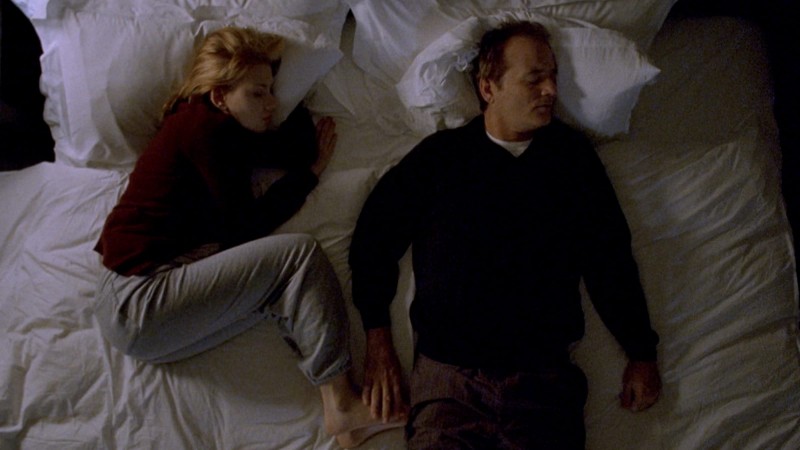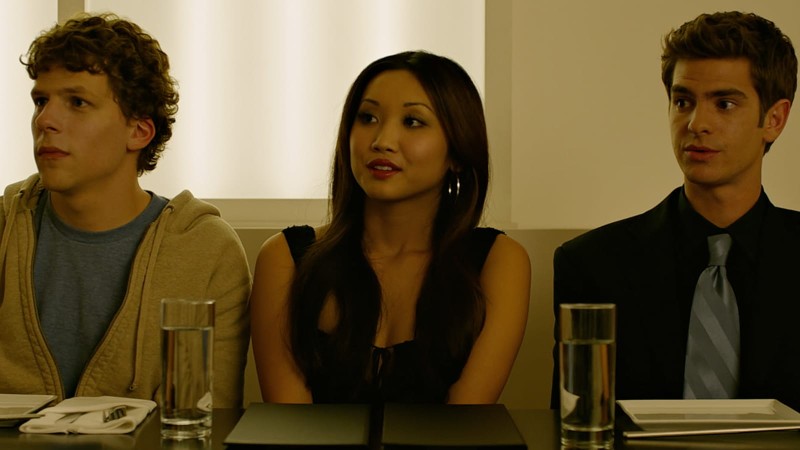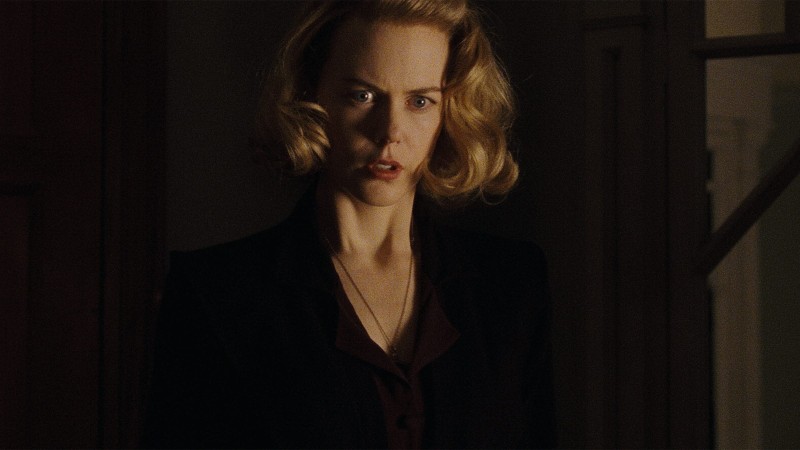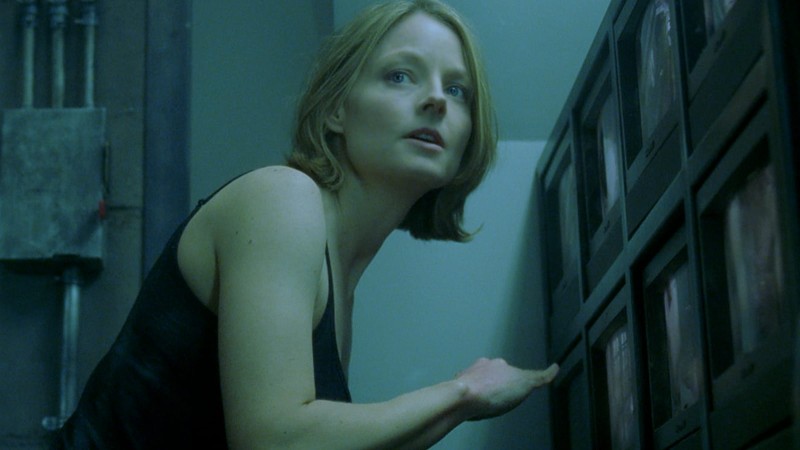Slipping Through the Cracks of Time in The Long Day Closes
For his deeply personal and achingly beautiful second feature, The Long Day Closes, British director Terence Davies paid close attention to how memory works.In the film—which follows Bud, a quiet, imaginative eleven-year-old, as he begins to experience the struggles of adolescence in 1950s Liverpool—the act of remembering even becomes a sort of structuring principle. Told from the perspective of an older Bud, Davies’s film moves fluidly between evocative moments set at home, school, and the movie house where the boy finds solace, eschewing the conventional dictates of plot and chronology for a more intuitive, emotionally driven progression of scenes. In the new installment of Observations on Film Art, now streaming on the Criterion Channel on FilmStruck, scholar Kristin Thompson closely examines one of the editing techniques that helps Davies orient viewers to his unorthodox narrative aims: the dissolve, which suggests the elision of time, either backward or forward, between one shot and another. Take a look at the above clip from the episode—in which Thompson analyzes two early, dissolve-heavy sequences from the movie—then head to the Channel to watch the whole thing, alongside our edition of The Long Day Closes.




